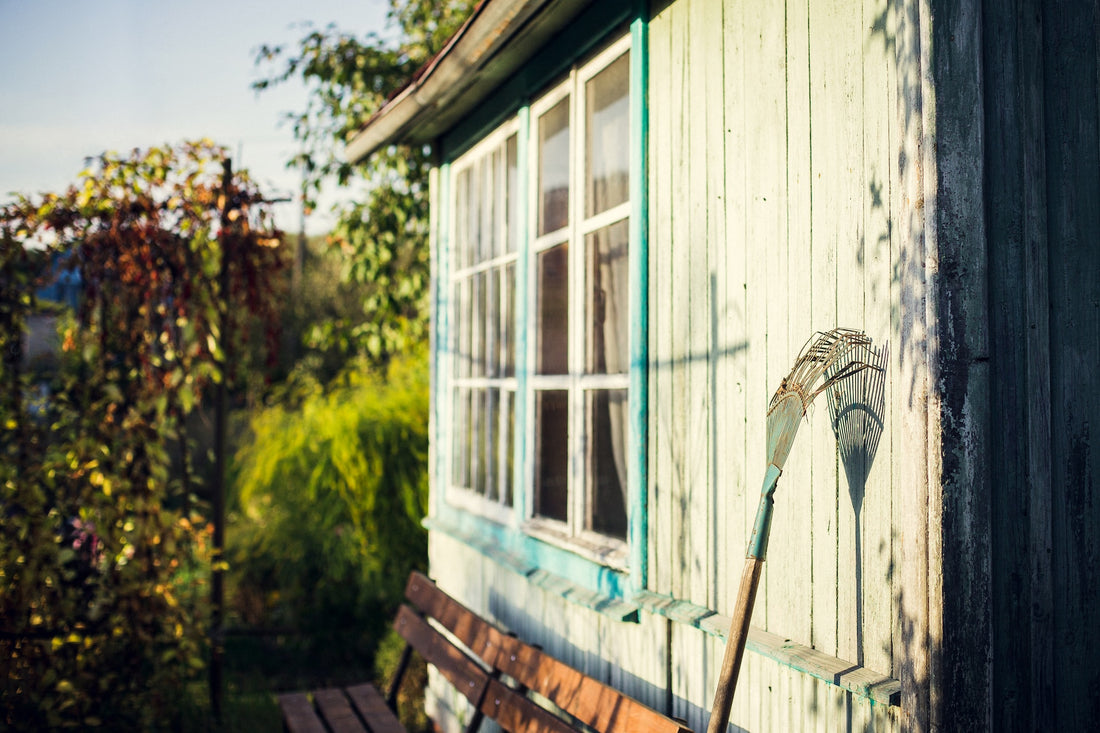Gardeners often wonder if they should trim away and discard the dead vegetation from the garden, concerned it could potentially cause illnesses and pest issues for the next spring. The answer to this, like most gardening questions, is: It depends.
Your gardening style will determine the amount of maintenance that has to be done at the close of the season. And, your own preferences and those of your neighbors regarding the tidiness of the yard might be a deciding factor. Whether you cultivate annuals, vegetables, wildflowers, or have an ordinary lawn, this will determine your workload. But what is best for the garden environment, separate from personal needs and neighborly expectations?
It may surprise you to learn, you can actually accomplish a lot more in your garden by allowing nature to take its course. Therefore, you may not need to do a large-scale autumn cleanup like you used to believe.
For a more eco-friendly garden, it is recommended to leave some perennials standing. Once reason is that it is enjoyable watching the birds, such as finches on coneflowers who feed on the seeds of the flowers. More importantly, though, is that the birds have food to eat before winter sets in. Sunflowers, liatris, and other flowering plants that produce seeds are great sources of food for birds.
The stalks and flowers will provide shelter for insects during the winter. Gardeners should all appreciate the presence of insects, as they act as pollinators and food for wildlife (birds eat bugs; to have birds you need bugs). By allowing plants to stay in the garden in the winter, you will have a greater variety of birds and wildlife to watch during fall and winter. For example, milkweed pods are used as food and nesting material by flycatchers, wrens, sparrows, orioles, and finches. And, you will see an increase in the number of insects in the spring.
This is a benefit for giving nature free rein. In the springtime, birds will arrive in search of those bugs and they will make a pit stop at the garden that offers food.
If you must cut down old vegetation, cut perennial stalks into approximate six-inch segments and pile them in the garden with the autumn leaves. These piles serve as shelter for wildlife, such as overwintering butterflies during the cold season. These leaves and plants can also be mulch for the garden, thereby introducing valuable organic matter.
This fall, take the initiative to let some things go. But also, be sure to look after some tasks. It is important to cut off and throw away any sickly plant material for the sake of health. Dispose of the dead vegetation and do not include it in your compost pile.
Your partner or people who live nearby may question why you have allowed some of your garden to remain during the winter. It could take a bit of getting used to, if you usually get rid of everything in your garden at the end of the season. Start off with smaller steps. And while you are conserving time by not tidying up your garden, take some time to clean, hone and oil your tools. Then, have a cup of tea and watch the birds flit around happily.



